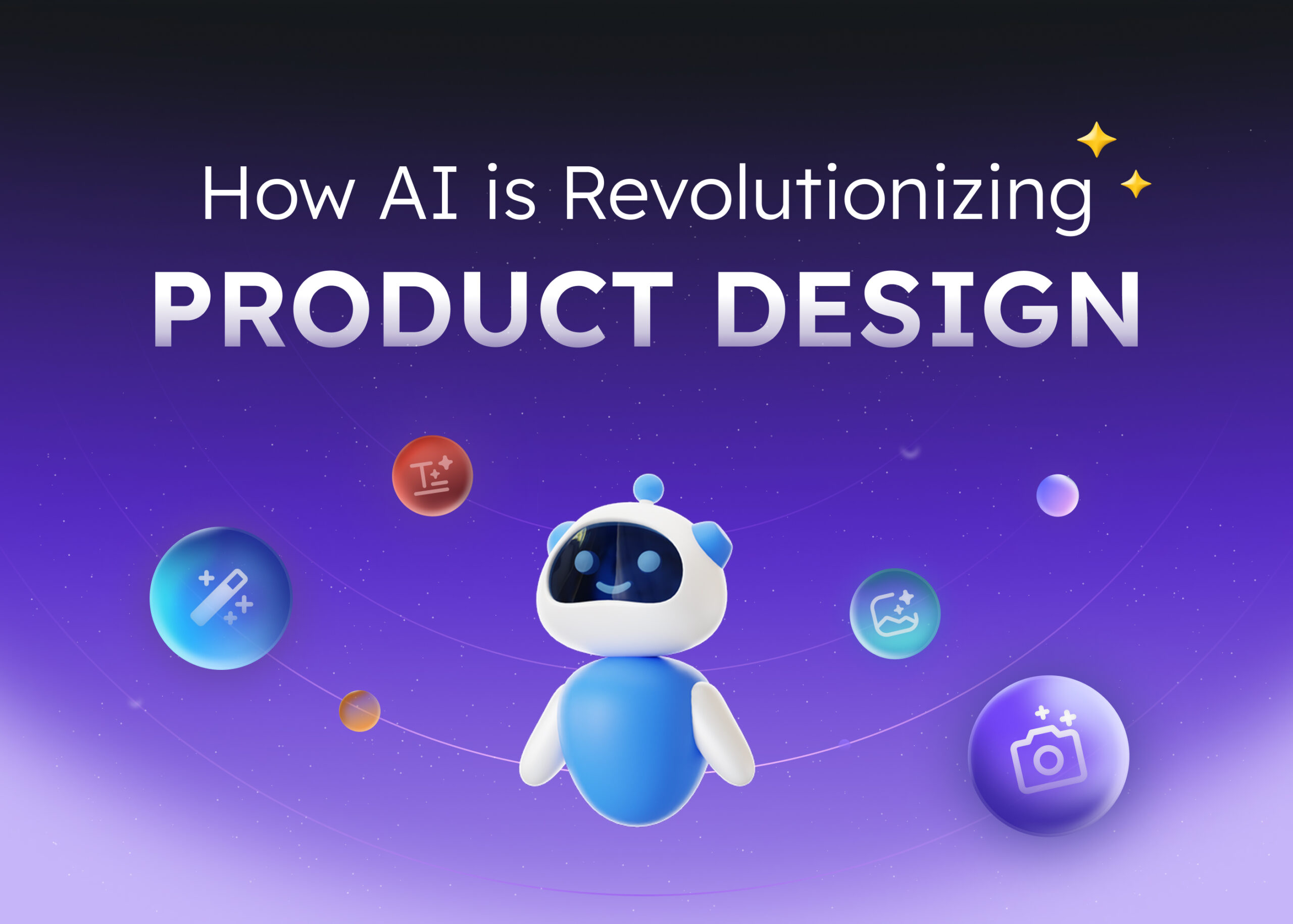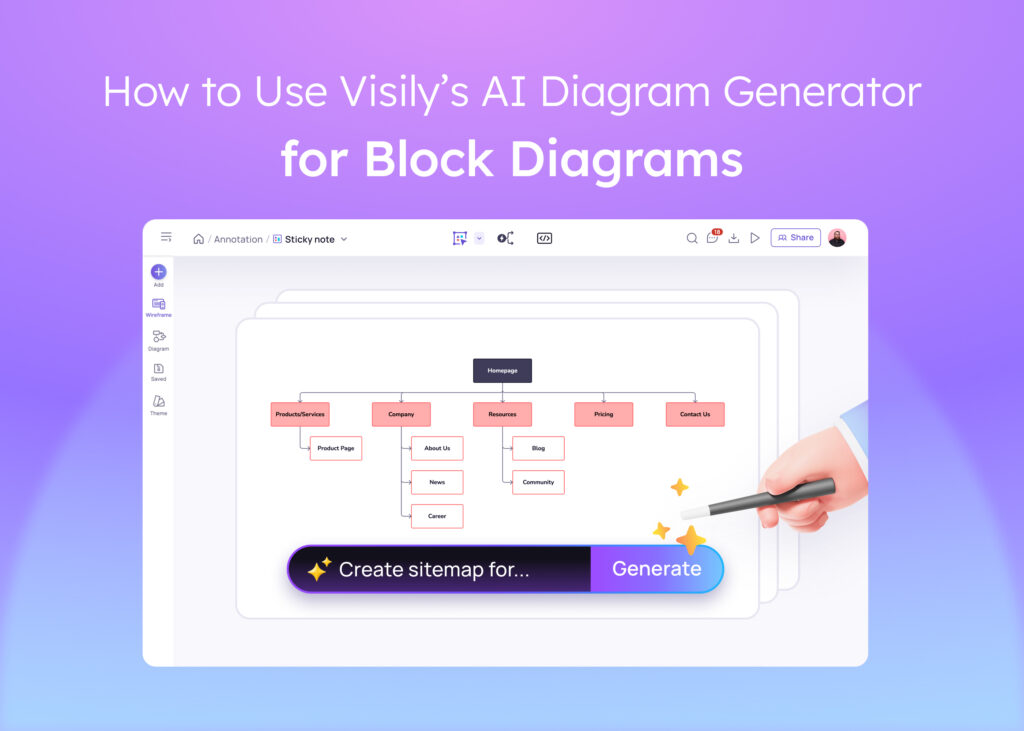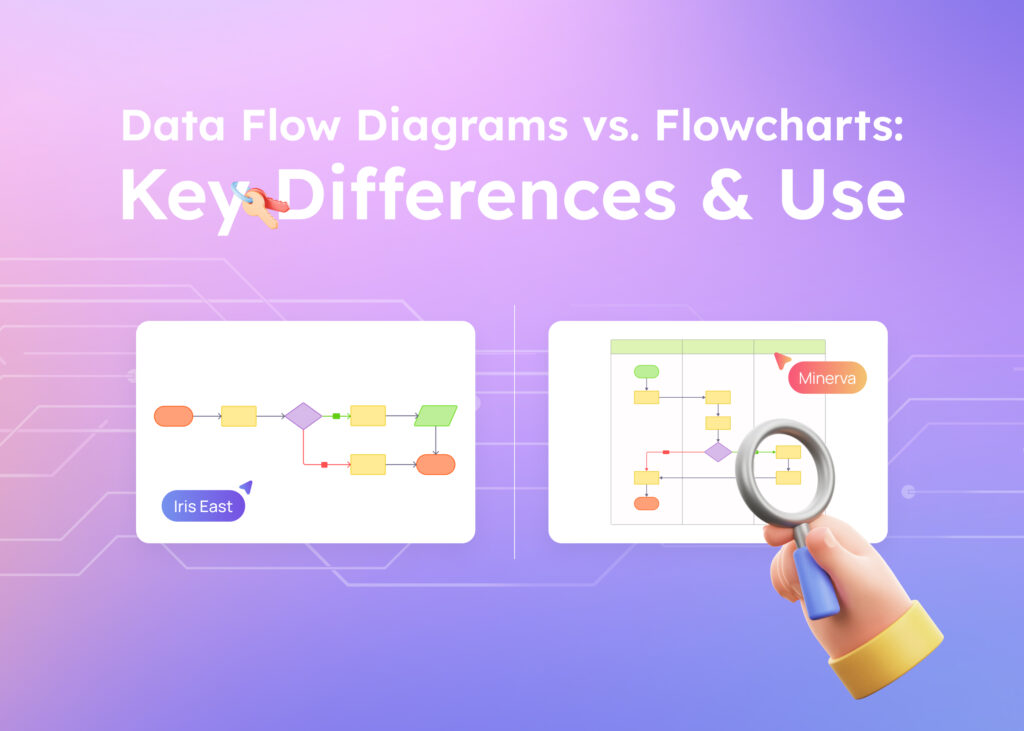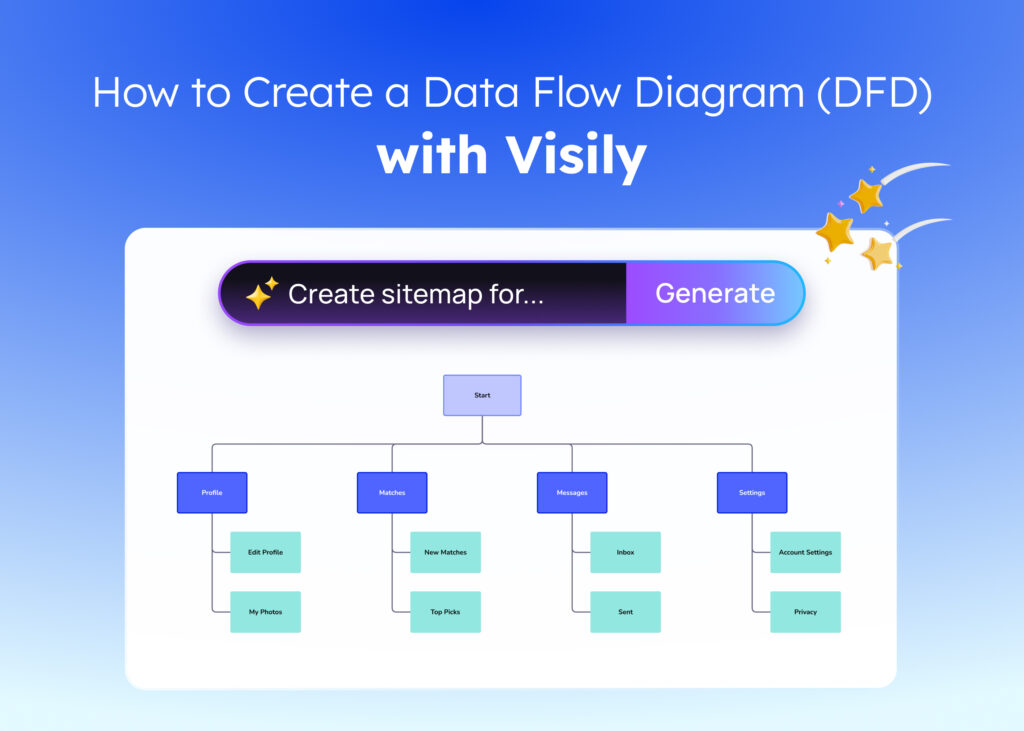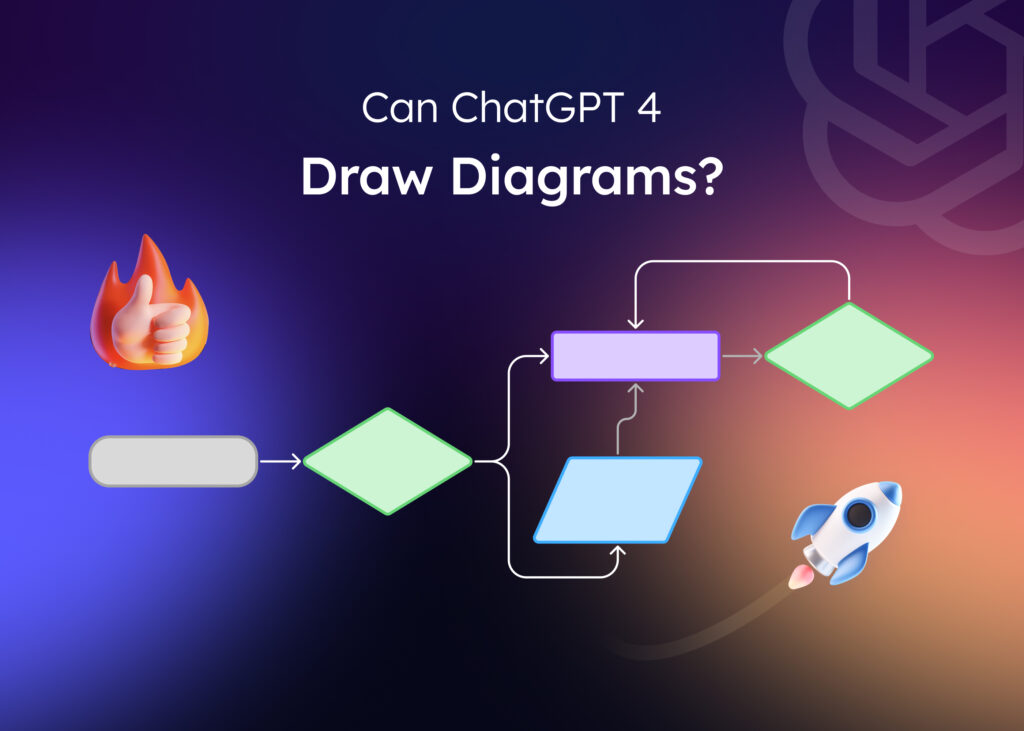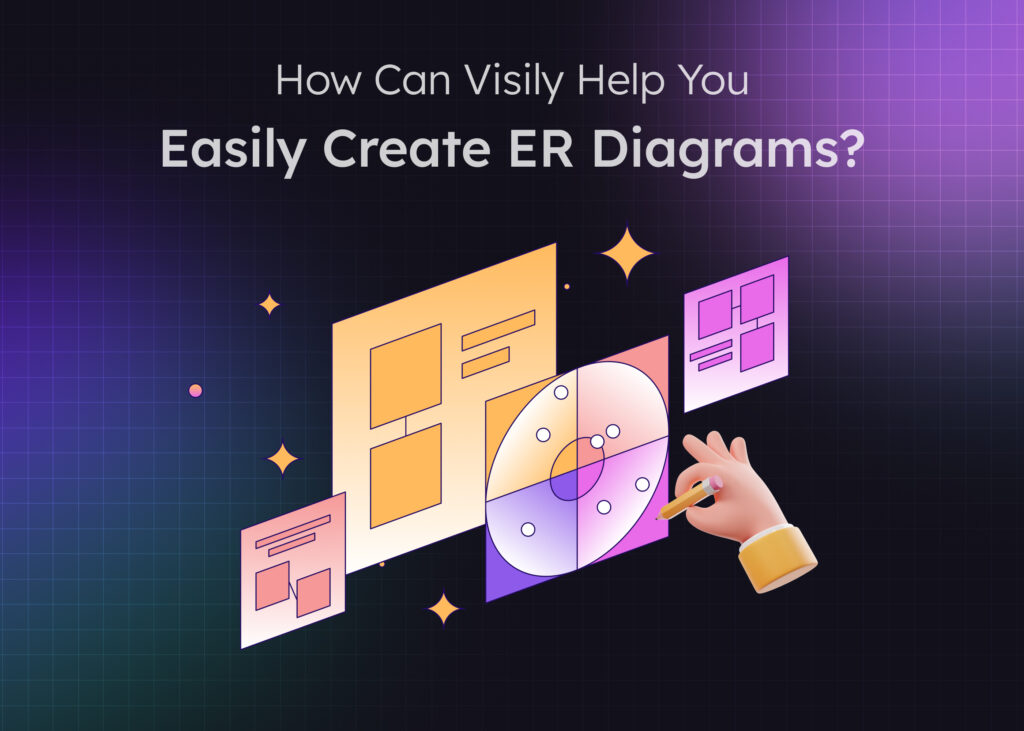The Silent Revolution in Product Design – Where AI Meets Human Ingenuity
The integration of AI into product design is no longer a futuristic concept—it’s a present-day necessity. According to a 2023 McKinsey report, 72% of organizations now use generative AI to optimize workflows, from prototyping to user testing. Tools like Visily, an AI-driven design platform, epitomize this shift by enabling teams to transform vague ideas into polished wireframes in minutes.
For instance, BMW’s design team reduced prototyping time by 80% using AI tools like Autodesk’s generative design, freeing engineers to focus on ergonomic innovation.
Yet, the question persists: “Will product design be replaced by AI?” The answer lies in collaboration. AI excels at automating repetitive tasks—generating layout variants, resizing assets for multiple devices, or analyzing user behavior—while designers focus on empathy-driven decisions, such as accessibility and brand alignment.
As Visily’s Founder notes, “AI isn’t replacing creativity; it’s amplifying it by handling the grunt work.”
How AI Solves the Five Biggest Pain Points in Product Design
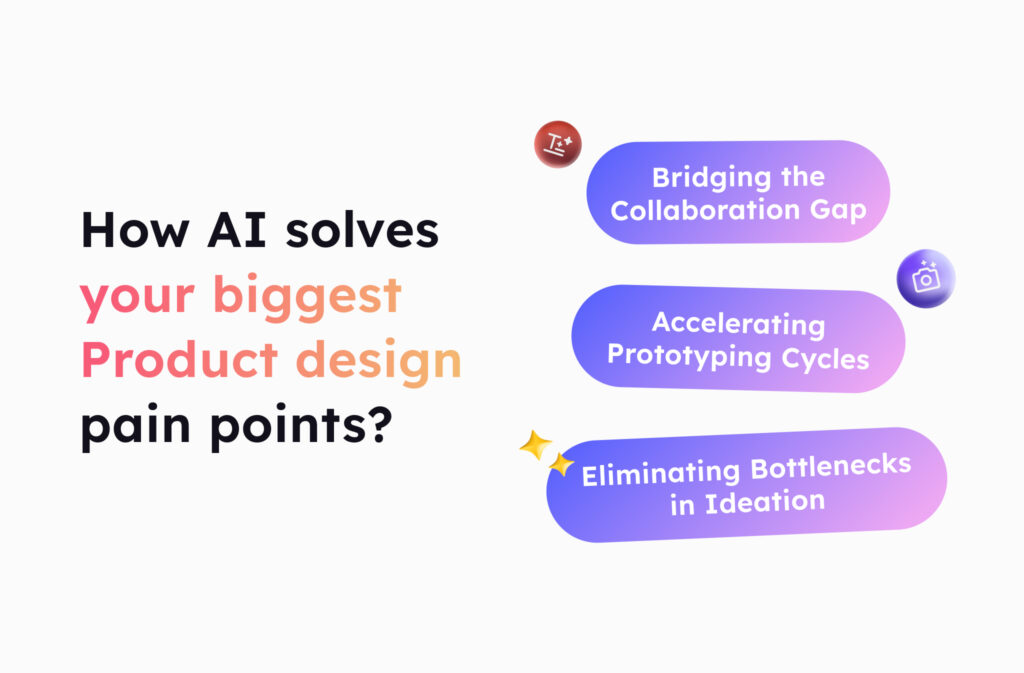
1. Eliminating Bottlenecks in Ideation
Traditional brainstorming sessions often stall due to creative blocks or misalignment. Generative AI product design tools like Visily’s text-to-wireframe feature allow teams to input a simple prompt (e.g., “dashboard with real-time analytics”) and generate 10+ editable concepts in under a minute. For example, fintech startup PayBIX used this approach to create investor-ready prototypes in 36 hours, a process that previously took weeks.
2. Accelerating Prototyping Cycles
Manual prototyping is time-intensive, especially for complex products. AI streamlines this by auto-generating responsive, device-agnostic mockups. Visily’s screenshot-to-design tool, for instance, lets users upload an existing app screenshot (e.g., Salesforce) and instantly convert it into a customizable wireframe.
German automotive supplier Continental slashed prototyping time by 65% using similar AI tools.
3. Bridging the Collaboration Gap
Miscommunication between designers, PMs, and engineers costs enterprises an average of $20,000 per project in rework. Visily tackles this with real-time collaboration features:
- Version control ensures stakeholders always access the latest design.
- AI-powered feedback analysis flags conflicting comments (e.g., “button too small” vs. “cluttered layout”) and suggests compromises.
AI in Action – From Packaging to Prototypes
1. Redefining Product Packaging
AI is transforming packaging design by merging aesthetics with sustainability. Coca-Cola’s AI-driven system tests 100+ label variations in days—a task that once took months—using data on regional color preferences and material costs. Similarly, Unilever reduced packaging waste by 30% by leveraging AI to optimize structural designs for shipping efficiency.
2. Generative AI’s Role in UI/UX
Generative tools like Visily and Adobe Firefly enable rapid iteration. For example:
- Sketch-to-mockup: Hand-drawn app ideas become high-fidelity wireframes with one click.
- Predictive user testing: AI simulates how different demographics interact with layouts, boosting click-through rates by 22% (Adobe Analytics, 2024).
3. Case Study: Visily in Enterprise Workflows
SaaS provider Zinnia used Visily to redesign its CRM interface:
- Text-to-flowchart: Converted meeting notes into user journey maps.
- Magic Themes: Auto-applied brand colors from their website URL.
- Real-time Collaboration: Shared interactive prototypes via Slack, cutting approval time from 14 days to 48 hours.
Will Product Designers Be Replaced by AI?
The fear that AI will replace designers is rooted in misunderstanding. While AI-generated product design tools automate repetitive tasks—such as generating layout variations or resizing assets—they lack the human capacity for empathy, cultural nuance, and strategic innovation.
For example, BMW’s designers use AI to create 1,000+ aerodynamic prototypes in hours, but final aesthetic decisions remain firmly in human hands.
The Human-AI Partnership in Practice
- AI’s Role: Handles data-heavy tasks like predictive analytics, A/B testing, and generating baseline wireframes.
- Designers’ Role: Focus on user-centric decisions, such as accessibility (e.g., ensuring color contrast for visually impaired users) and brand storytelling.
- Case Study: Aprimo’s team used Visily’s generative AI product design tools to prototype a campaign management dashboard 70% faster, freeing designers to refine UX micro-interactions.
As Harvard Business Review notes, “The future belongs to teams that treat AI as a collaborator, not a competitor.”
How Visily Simplifies AI-Powered Product Design?
Visily bridges the gap between technical complexity and user-friendly design. Here’s how it empowers non-designers in enterprises:
1. Intuitive AI Workflows
- Text-to-Wireframe: Transform prompts like “e-commerce checkout flow with Apple Pay integration” into editable prototypes in <5 minutes.
- Screenshot-to-Design: Convert apps like Salesforce into customizable mockups, preserving core functionality while modernizing interfaces.
2. Collaboration Without Chaos
- Real-Time Editing: Distributed teams in hubs like NYC and London co-edit prototypes seamlessly.
3. Enterprise-Grade Scalability
- Figma Integration: Refine Visily-generated wireframes in Figma for pixel-perfect outputs.
- SAML SSO & Audit Logs: Meet compliance standards for Fortune 500 clients.
Future Trends in AI-Driven Product Design
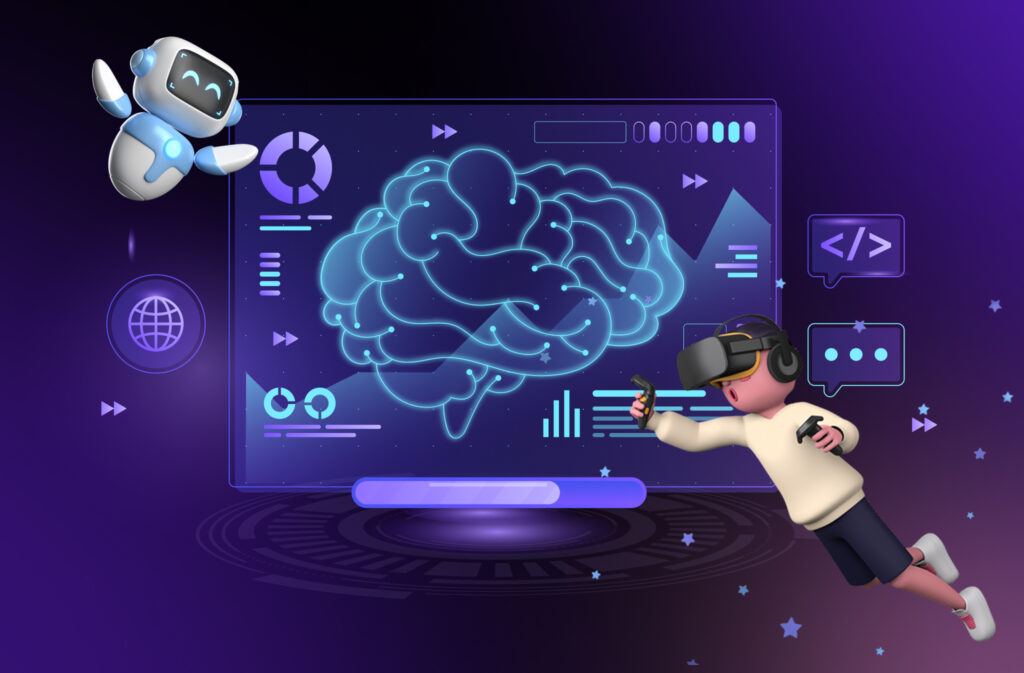
1. Ethical AI Frameworks
Tools like Visily’s bias checker will audit designs for accessibility and cultural inclusivity, addressing concerns like algorithmic racial bias in facial recognition software.
2. Sustainability Integration
AI will optimize product packaging design for circular economies. For example, algorithms could predict a package’s carbon footprint during ideation, as seen in Unilever’s 30% waste reduction.
3. Autonomous Prototyping
Generative AI will produce self-iterating prototypes. Imagine inputting “Update checkout flow for Gen Z users” and receiving a revised mockup with A/B test results in minutes.
4. AR/VR Convergence
Visily’s roadmap includes AR previews, letting teams visualize 3D prototypes in physical spaces—critical for IoT and automotive design.
How AI is Transforming Product Design: Common Questions Answered
Q: Will product design be replaced by AI?
A: No—AI enhances human creativity by automating repetitive tasks (e.g., generating wireframes), but strategic decisions like user empathy and brand alignment remain human-driven.
Q: How does AI reduce time-to-market for products?
A: Tools like Visily cut prototyping time by 65% through AI-generated product design workflows.
Q: Can AI handle complex B2B product design?
A: Yes. Visily’s screenshot-to-design tool converts apps like Salesforce into editable prototypes, ideal for enterprise workflows.
Q: Is generative AI product design ethical?
A: Emerging tools like Visily’s bias checker audit designs for accessibility, addressing concerns raised in Future Trends.




